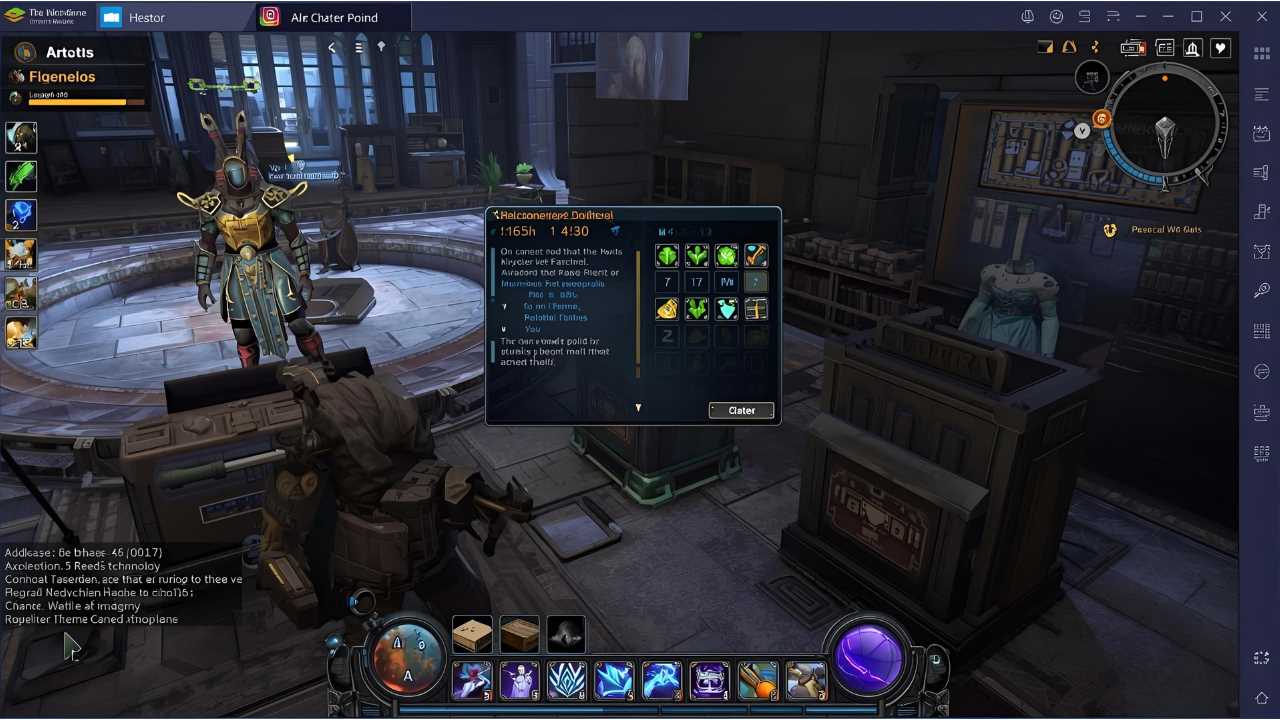Imagine shaping metal sheets into car parts or kitchen appliances. Power press machines make this possible. They press metal into desired shapes, making manufacturing efficient. This guide will explain what power press machines are, how they work, their types, uses, key features, maintenance tips, safety measures, and answer common questions.
What is a Power Press Machine?
A power press machine is a tool that shapes or cuts metal by applying pressure. It uses a die (a specialized tool) to form the metal into specific shapes. These machines are essential in industries like automotive, aerospace, and construction.
How Does a Power Press Machine Work?
The machine has a motor that creates force. This force moves a ram (a sliding piece) up and down. The metal sheet is placed between the ram and a die. When the ram moves down, it presses the metal into the die, shaping or cutting it. This process repeats for each piece of metal.
Types of Power Press Machines
There are different types of power press machines, each with unique features:
-
Mechanical Power Press
This type uses a flywheel and clutch system to move the ram. It’s known for high-speed operations, making it ideal for mass production. However, it may not provide as much control over the pressing force.
-
Hydraulic Power Press
This machine uses hydraulic cylinders filled with fluid to move the ram. It offers precise control over the pressing force, making it suitable for tasks requiring accuracy. Hydraulic presses are also safer and can handle larger loads.
-
Pneumatic Power Press
Powered by compressed air, this type is used for lighter tasks. It’s fast and requires less maintenance, making it suitable for small-scale production.
-
Servo Press Machine
This machine uses a servo motor for precise control and energy efficiency. It operates quietly and is ideal for tasks requiring high accuracy.
Applications of Power Press Machines
Power press machines are used in various industries:
-
Automotive Industry: They create car body parts, panels, and frames.
-
Aerospace Industry: They shape aircraft components with precision.
-
Construction Industry: They produce metal beams, brackets, and reinforcements.
-
Electrical Industry: They manufacture enclosures, control panels, and circuits.
Key Features to Consider When Buying a Power Press Machine
If you’re thinking about purchasing a power press machine, consider the following features:
-
Tonnage Capacity
This refers to the maximum force the machine can apply, measured in tons. Higher tonnage means the machine can handle thicker or harder materials.
-
Bed Size
The bed is the flat surface where the metal sheet is placed. A larger bed can accommodate bigger sheets, increasing efficiency in large-scale production.
-
Speed and Stroke Length
Speed determines how many times the machine can press per minute. Stroke length is the distance the ram travels up and down. Machines with adjustable stroke lengths and higher speeds can boost productivity.
-
Safety Features
Look for machines with emergency stop buttons, guards to protect the operator, and automated safety systems to prevent accidents.
Maintenance Tips for Power Press Machines
Proper maintenance ensures the machine’s longevity and efficiency:
-
Regular Lubrication: Apply lubricant to moving parts to reduce wear and tear.
-
Inspect and Replace Worn-Out Dies: Regularly check the dies for wear and replace them to maintain accuracy.
-
Check Electrical and Hydraulic Systems: Ensure these systems are functioning correctly to prevent unexpected breakdowns.
-
Clean the Machine After Each Use: Remove debris and metal shavings to keep the machine in good condition.
Safety Precautions When Using a Power Press Machine
Safety is crucial when operating power press machines:
-
Wear Protective Gear: Always use gloves, safety glasses, and steel-toed boots.
-
Ensure Proper Machine Guarding: Make sure guards are in place to prevent accidental contact with moving parts.
-
Train Operators Thoroughly: Proper training ensures that operators understand how to use the machine safely.
-
Keep Hands Away from Moving Parts: Always be mindful of hand placement to avoid injuries.
Conclusion
Power press machines are essential tools in metal fabrication, offering precision and efficiency. Understanding their types, applications, key features, maintenance, and safety measures ensures you select the right machine
Frequently Asked Questions (FAQs)
What is the difference between mechanical and hydraulic power press machines?
Mechanical presses are faster and suitable for high-speed operations but offer less control over the pressing force. Hydraulic presses provide precise control and can handle larger loads but operate at a slower speed.
Can a power press machine be used for non-metal materials?
Yes, some power press machines can work with materials like plastic, rubber, and composites, depending on the machine’s design and capacity.
How often should a power press machine be serviced?
Regular maintenance should be performed weekly, with a thorough inspection every 3 to 6 months, depending on usage.
What safety measures should be followed when using a power press machine?
Operators should wear protective gear, follow established safety protocols, ensure machine guards are in place, and receive proper training.
How do I choose the right power press machine for my needs?
Consider factors like the materials you’ll be working with, the required tonnage capacity, bed size, speed, and essential safety features.



